7 Crore+ Customers

Affordable Premium

7 Crore+ Customers

Affordable Premium


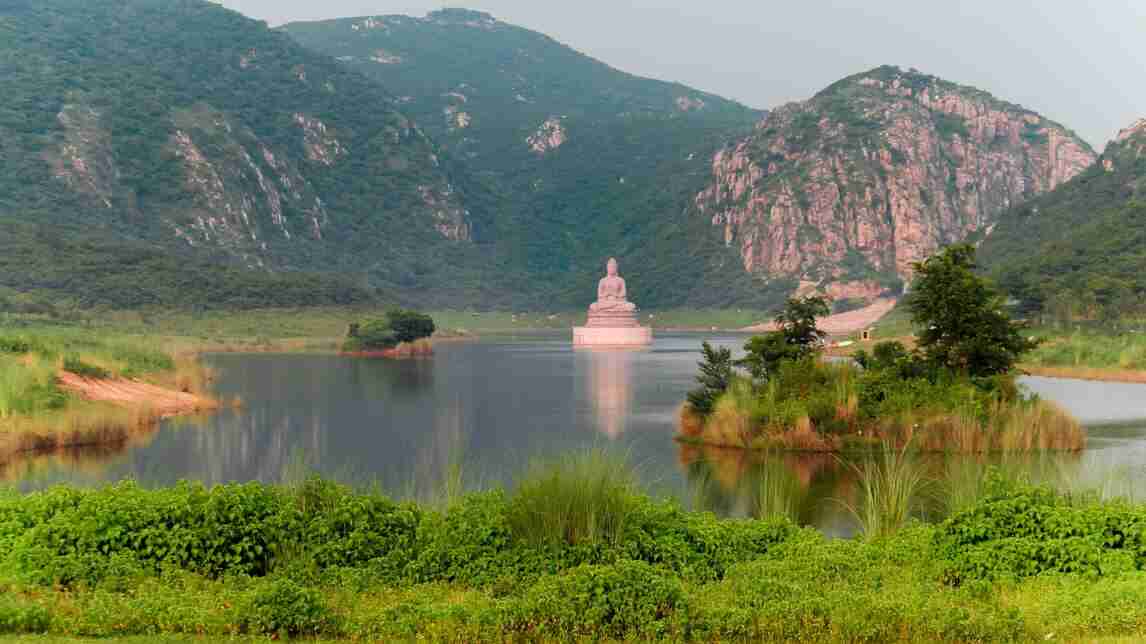
Bihar is a relatively underrated tourist destination in India but continues to receive attention from tourists. Bihar, which historically served as the capital of one of the most abundant ancient Indian kingdoms, is regarded as one of the heritage sites of India. Apart from its rich heritage, this city blooms with a plethora of tourist attractions. Interested in visiting Bihar?
Check out the list of these tourist places in Bihar for your next vacation.
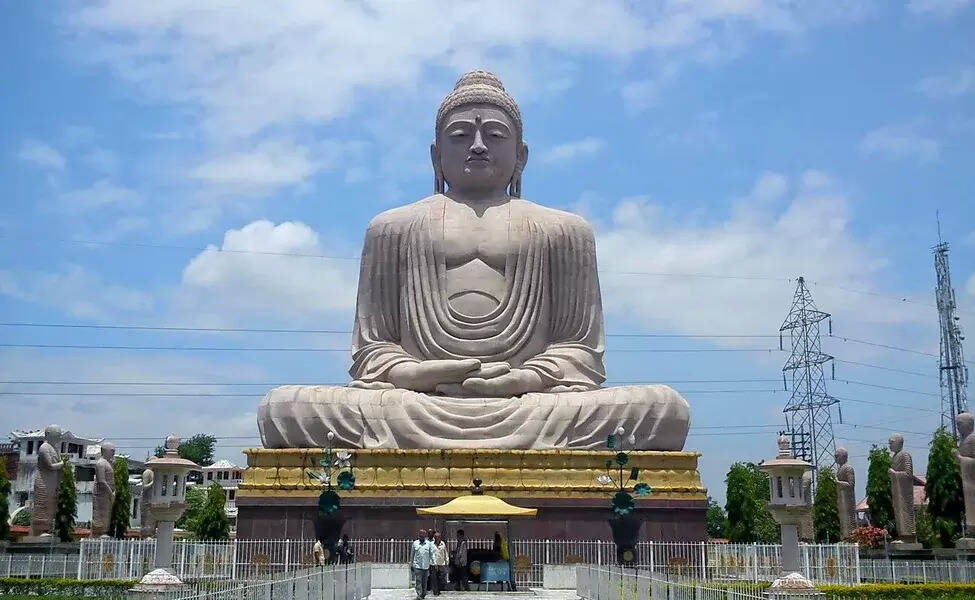
The village of Bodh Gaya is located in north-eastern India. The historic brick Mahabodhi Temple Complex was constructed to commemorate the location where the Buddha received enlightenment beneath a revered Bodhi Tree. The complex still contains six other holy locations, including a lotus pond, as well as a direct descendant of the tree.
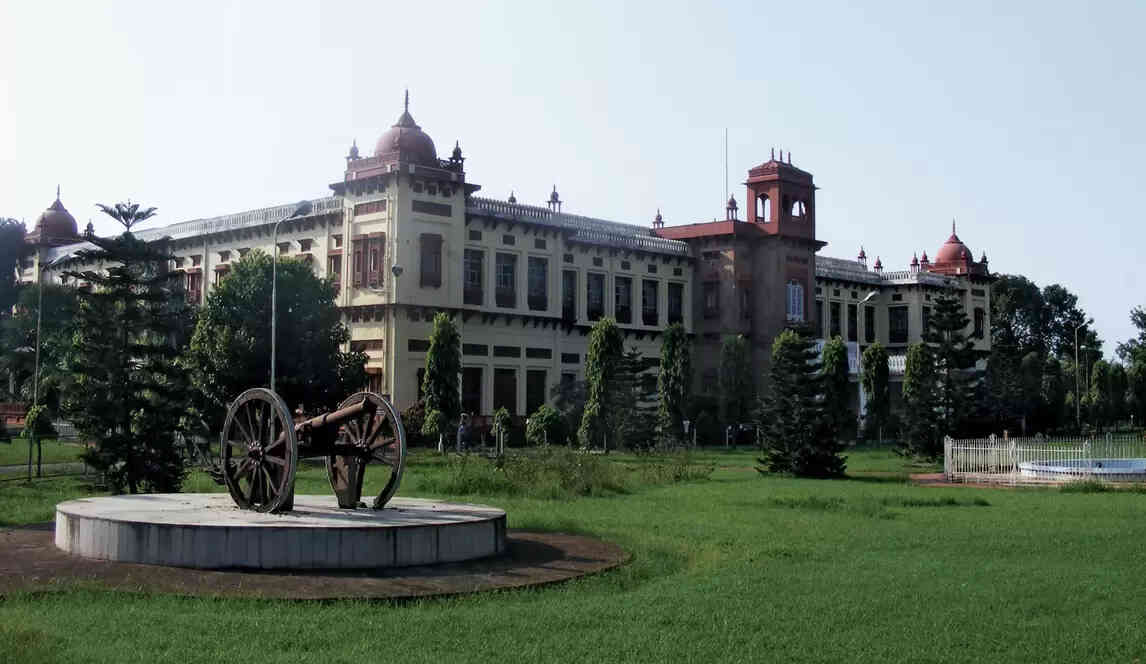
One of the most famous places in Bihar, Patna is a historic city that stretches along the Ganges River's southern bank. The Bihar Museum is located in the state capital and is a notable modern building that displays bronze sculptures and antiquated coins from the area. A colonial granary with a dome that overlooks the city, the Golghar is close to the river.
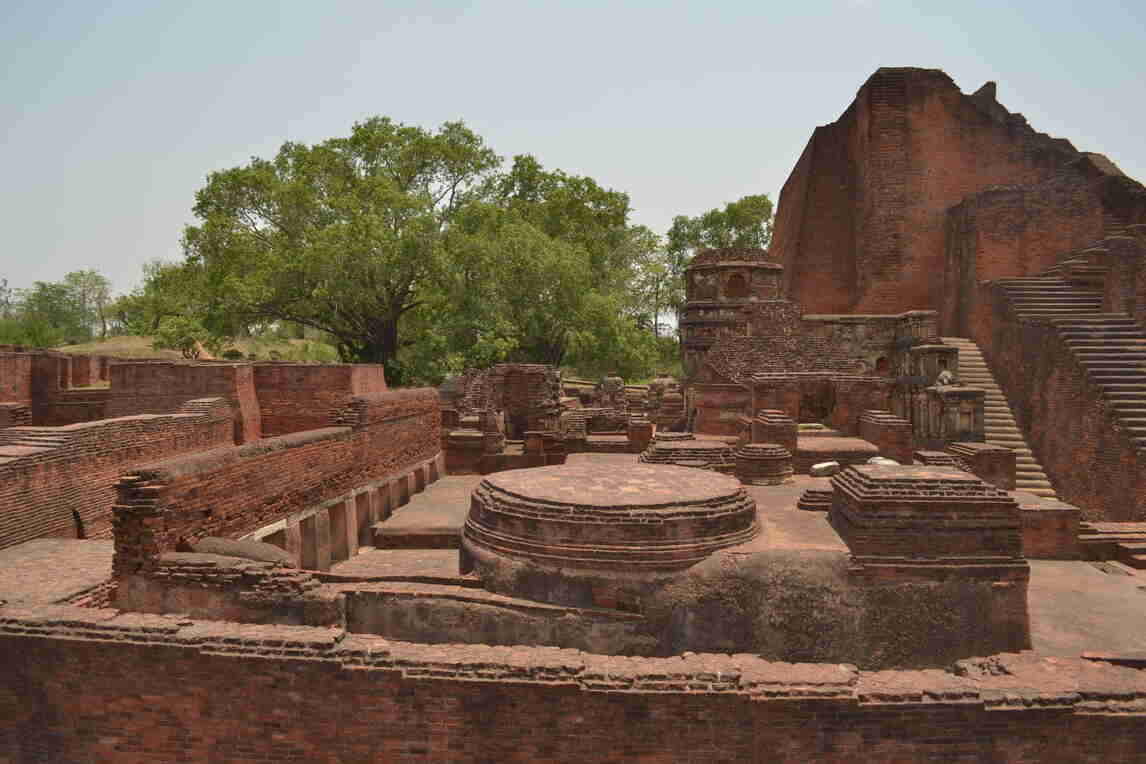
Nalanda, formerly the most well-known Mahavihara of antiquity, is still a rich source of learning today. It is also a prominent Buddhist centre of learning and a minor pilgrimage spot, all encased in a wisp of spirituality. It provides lively content in the areas of spirituality, tourism, history, culture, and architecture.
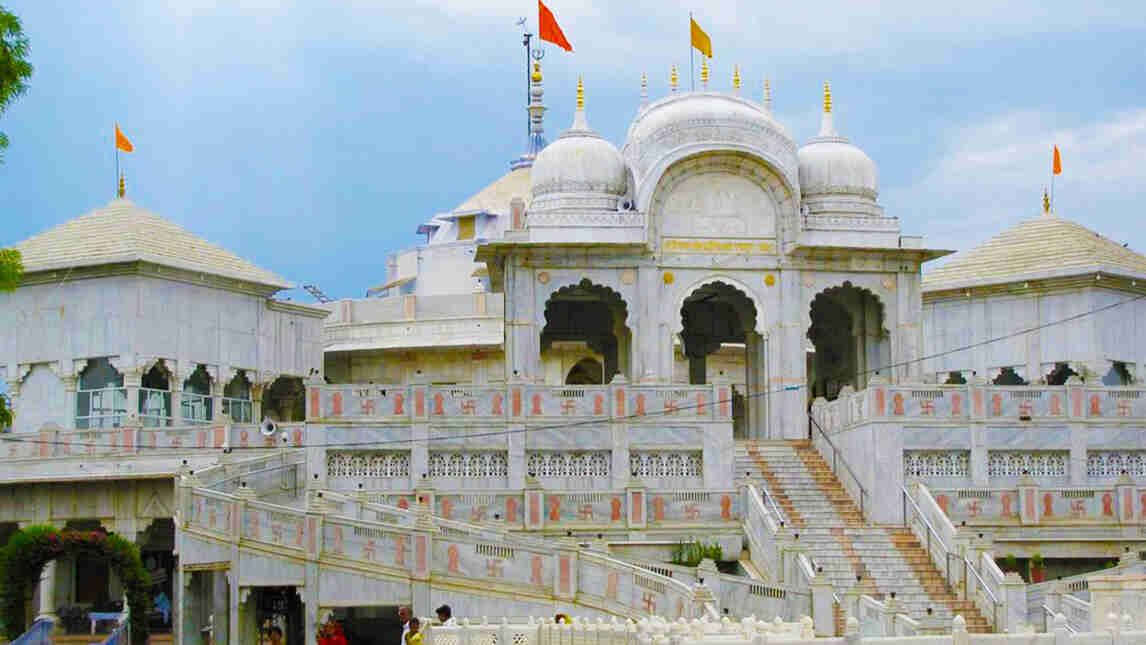
Vaishali, a small region in the heart of Bihar, is a respected centre for Buddhist, Hindu, and Jain worship. Lord Buddha spent a substantial amount of his life here and occasionally travelled to Vaishali. Vaishali, which is also the birthplace of Lord Mahavira, is honoured as a holy site by Jains in addition to Buddhists.
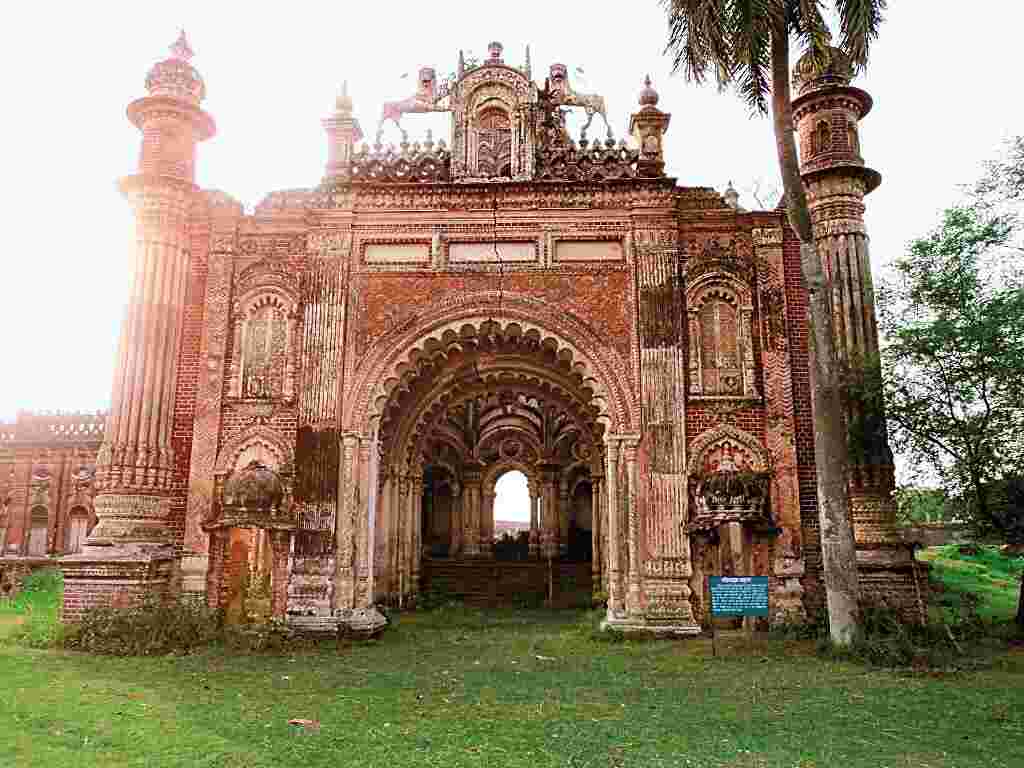
Madhubani, a historic city in Bihar, is renowned for its rich artistic and cultural heritage. The city, which is mentioned in the Ramayana, is well-known for producing the renowned Madhubani paintings, which have their roots here.
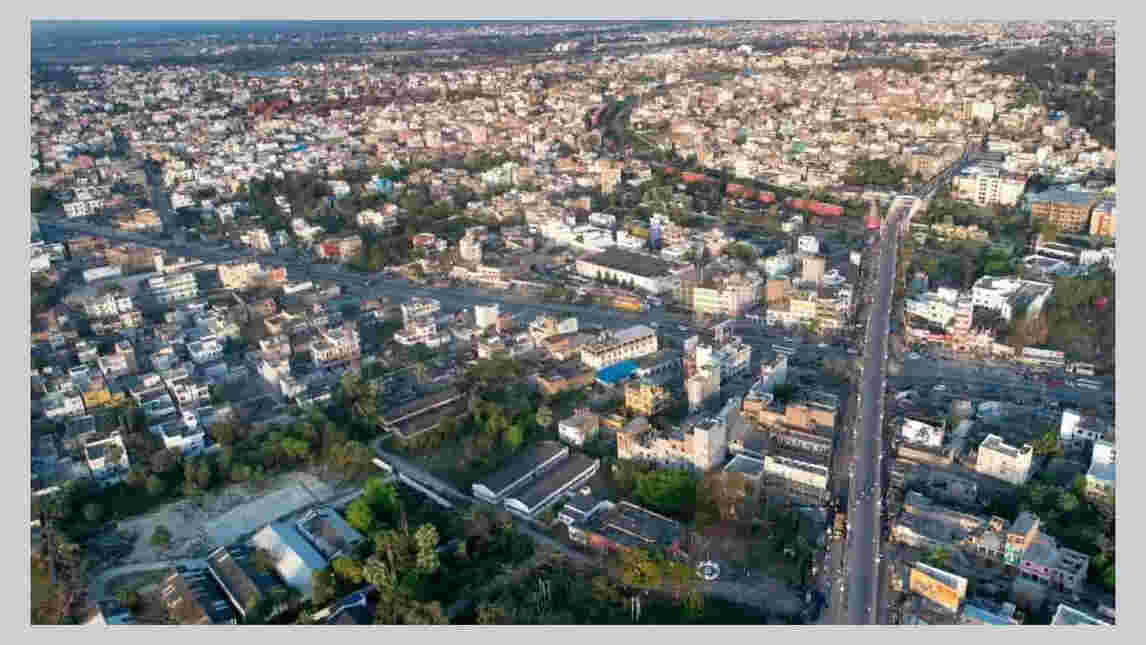
Muzaffarpur, the Litchi Kingdom, is situated 75 kilometres north of Patna in Bihar's northern region and is one of the best places to visit in Bihar. It is situated on the banks of the BurhiGandak River, the Bagmati River, and the Lakhandayee River. Muzaffarpur is Bihar's fourth-most populous city. Hinduism, Islam, and Nepalese culture are the main cultural influences in the area.
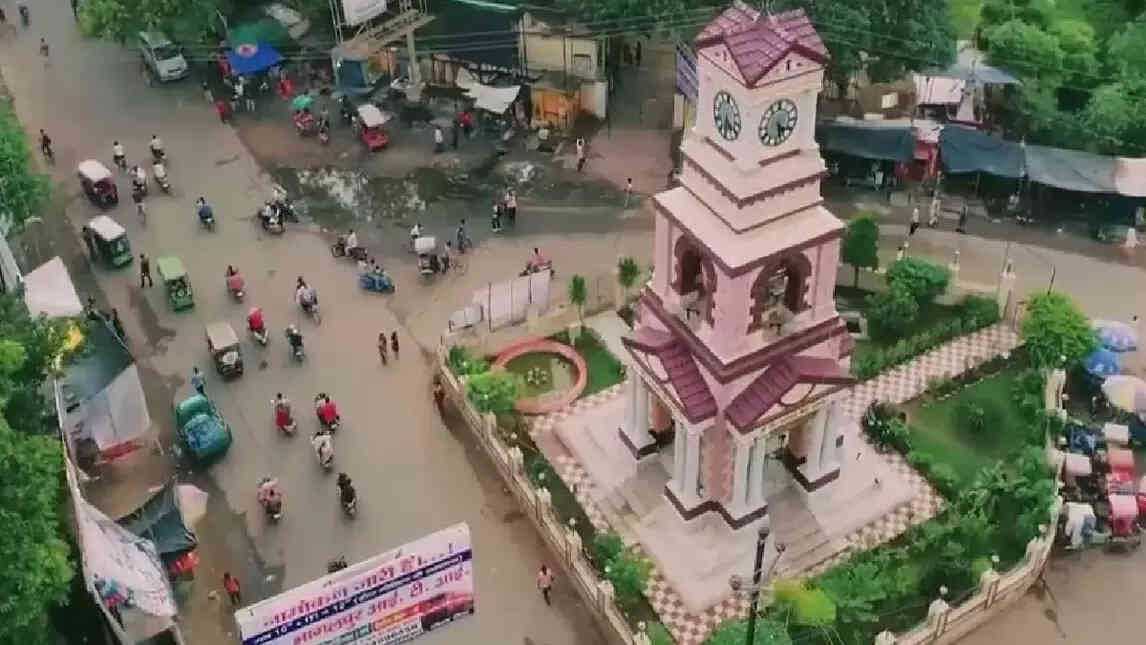
Bhagalpur is a city with a rich historical background on the southern banks of the Ganges River. In addition to being a commercial and political hub, Bhagalpur is well known for being a significant educational hub. With the aid of the Vikramshila Gangetic Dolphin Sanctuary, the city supports the Gangetic Dolphin species, India's national aquatic animal.
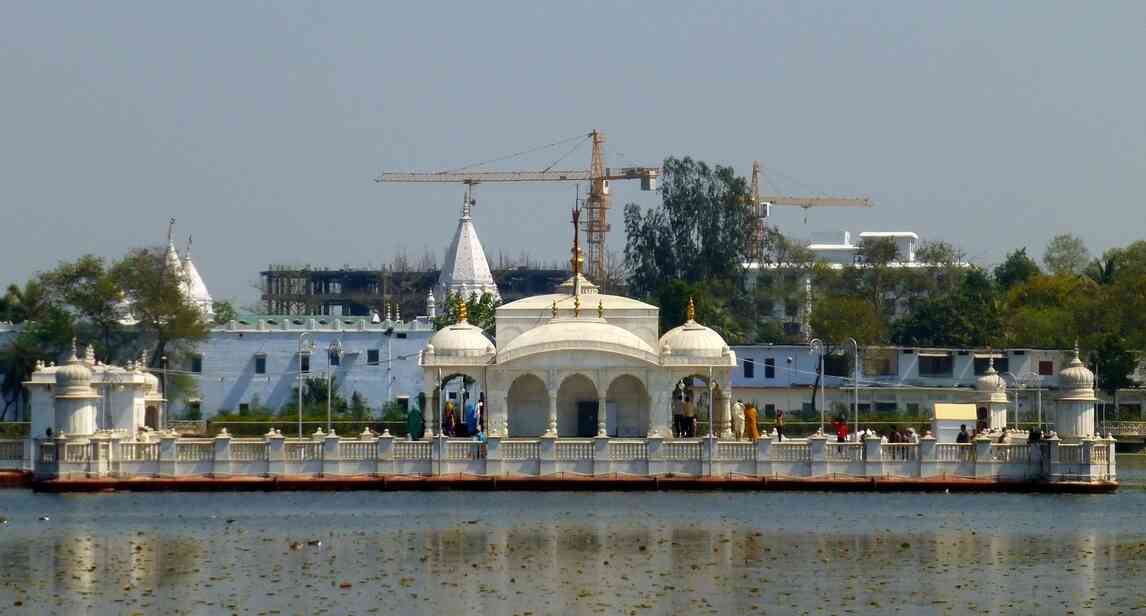
For Jains, Pawapuri is a sacred location. It is located in the eastern Indian state of Bihar's Nalanda district. Pawapuri used to be the twin capital of Mall Mahajanapadas in the distant past. Mahavira resided in the king's Rajikshala while in Pawapuri. Due to the fact that Lord Mahavira has interred here about 500 BC, it is revered as a holy site.
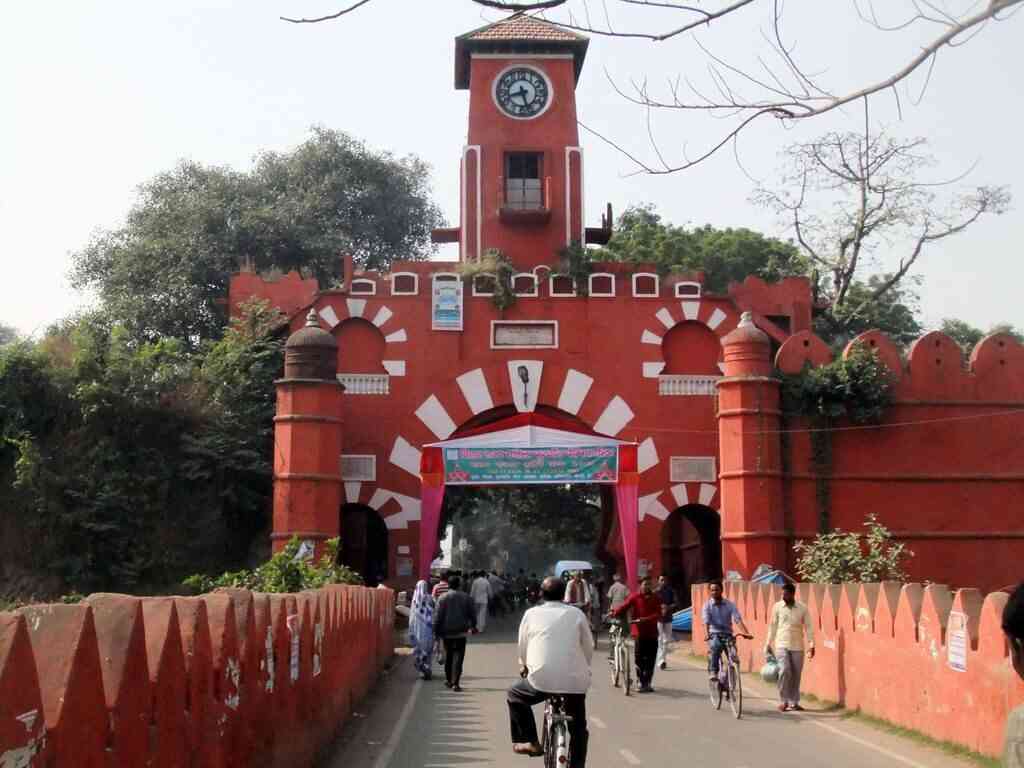
Munger, the capital of Mir Kasim and the Midland of the Aryans, has a fascinating past that is well worth learning about. It is now the location of the Bihar School of Yoga, making it the ideal travel destination for yoga enthusiasts. One may expect a sizable international audience to swarm this charming location.
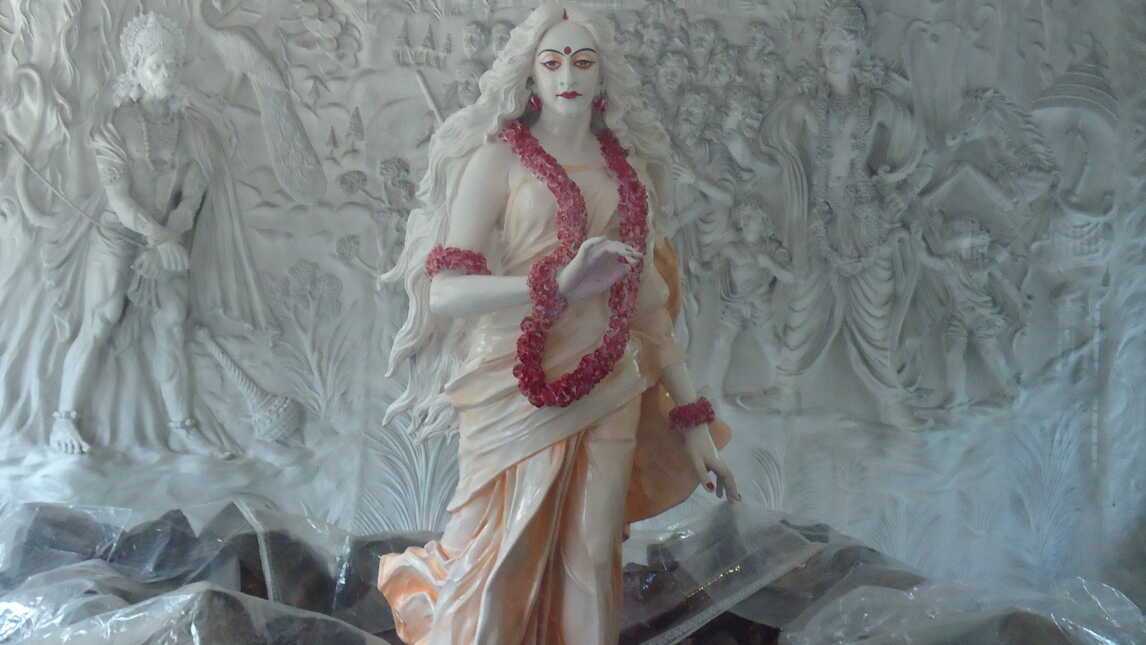
Sita, Lord Ram's wife, was born in Sitamarhi, a town and the administrative centre of the Sitamarhi District in Bihar. This is one of the best places to visit near Bihar. Nepal borders it to the north, Muzaffarpur to the south, Champaran and Sheohar to the west, and Darbhanga and Madhubani to the east are very significant historically and have a lot of contemporary tourist attractions.
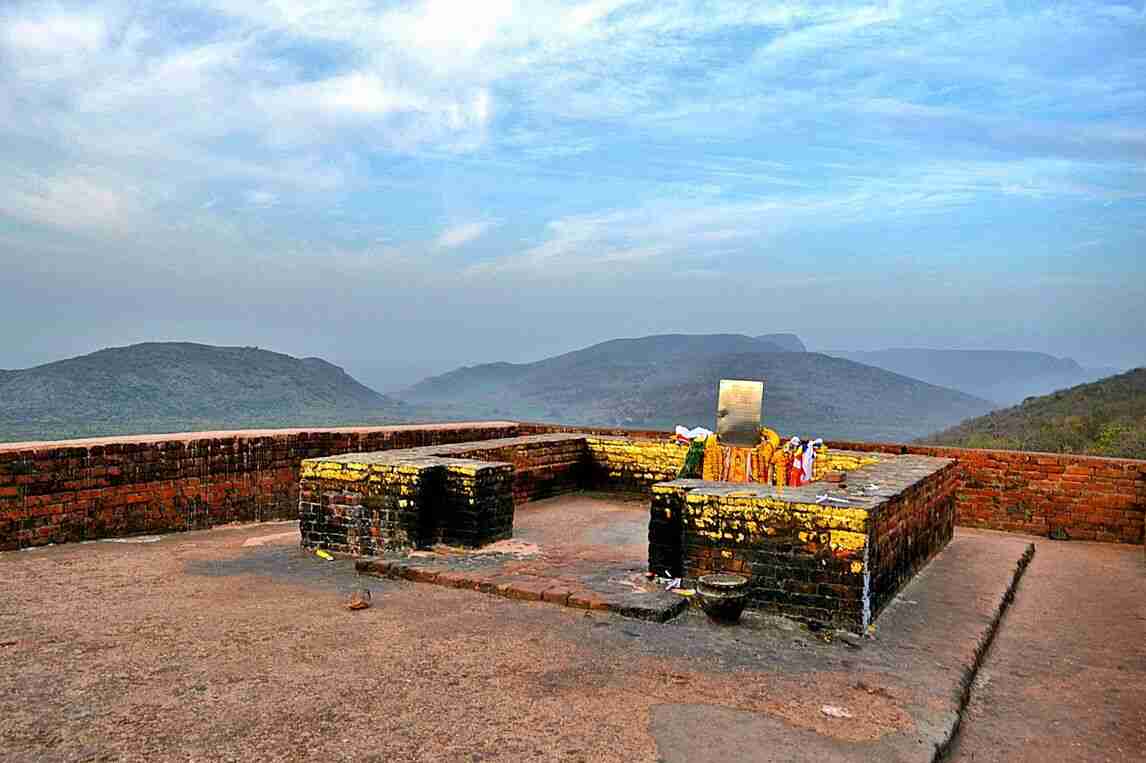
Due to its elevation and shape, Vulture Peak—also known as Griddhakuta Peak—got its name. This location, which is in Rajgir, is the site of many speeches by Lord Buddha, notably the Lotus Sutra, which converted the Mauryan King Bimbisara to Buddhism. This location, also known as the Holy Eagle Peak, is regarded as one of Lord Buddha's favourite retreats.
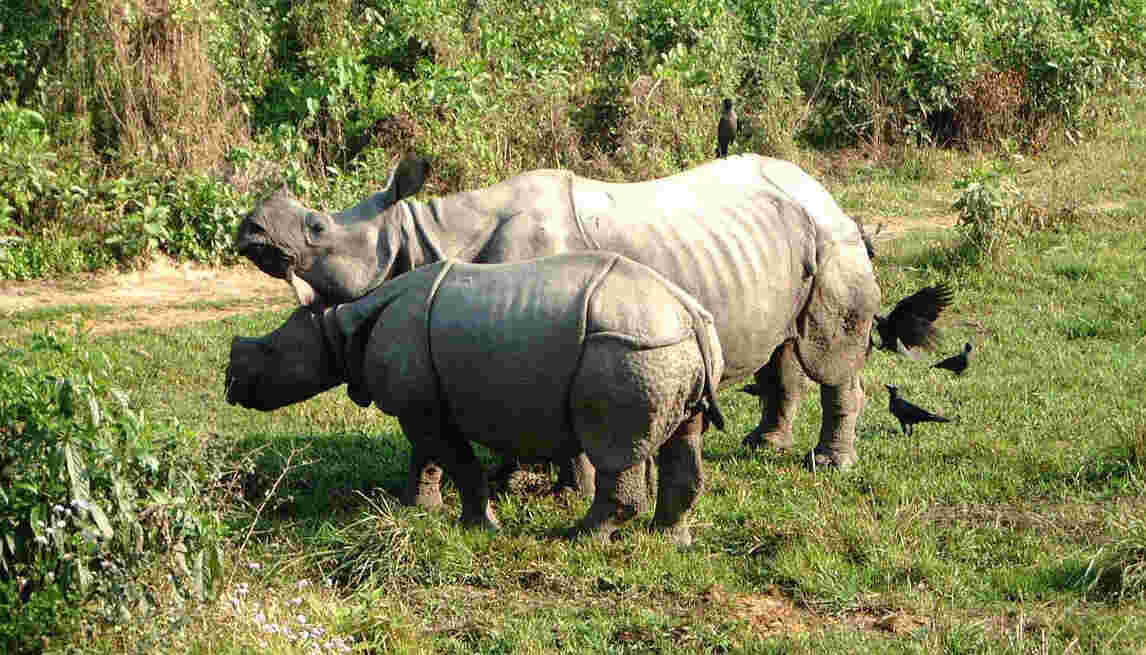
Valmiki National Park is situated on the banks of the river Gandak at the India-Nepal border in the West Champaran district. The Bengal tigers are the region's most notable animal, among a plethora of other diverse flora, fauna, and avifauna that the area is home to (22 in the region as of 2013).
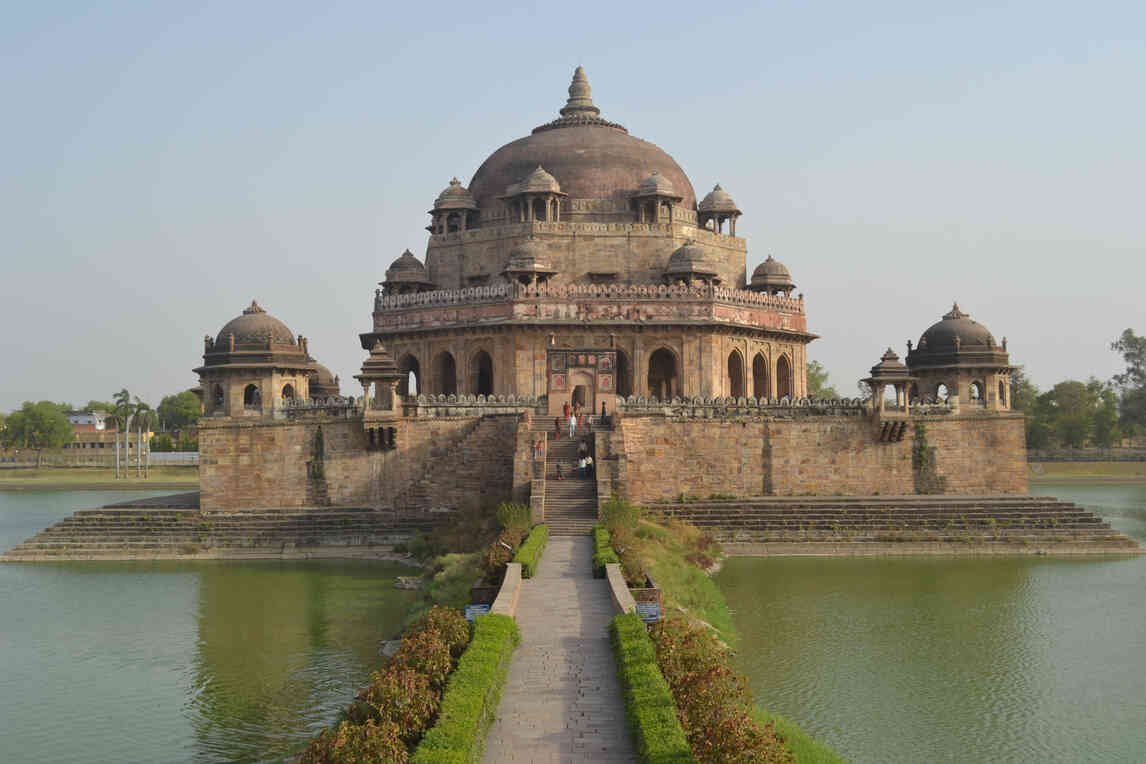
This monument, which was constructed in 1545 AD in honour of Emperor Sher Shah Suri, is the finest example of Indo-Islamic design. Its beautiful surroundings and magnificent buildings add to its charm. It is among Bihar's top tourism destinations.
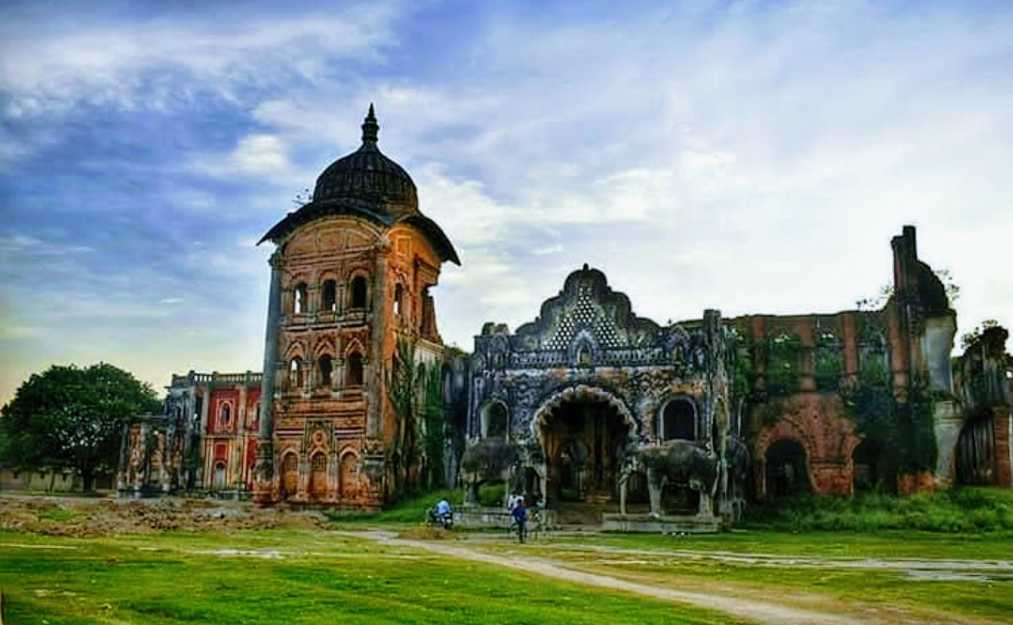
Maharaja Rameshwar Singh built the main attraction of Rajgir, which is the Navlakha Palace. It is located close to Madhubani. Despite the extensive damage caused by the earthquake in 1934, the city is renowned for this palace's magnificent architectural brilliance, which is difficult to ignore. To experience all that Bihar has to offer as a visitor, one must go to this castle.

JalMandir, a prominent Jain temple honouring Lord Mahavir, the 24th Tirthankara, has its location near Pawapuri in the Indian state of Bihar. The stunning white marble temple, also known as Apapuri, stands where Lord Mahavir was cremated and is a significant Jain pilgrimage site. The stunning temple is housed inside a sizable water tank that is decorated with lovely pink lotus blooms.
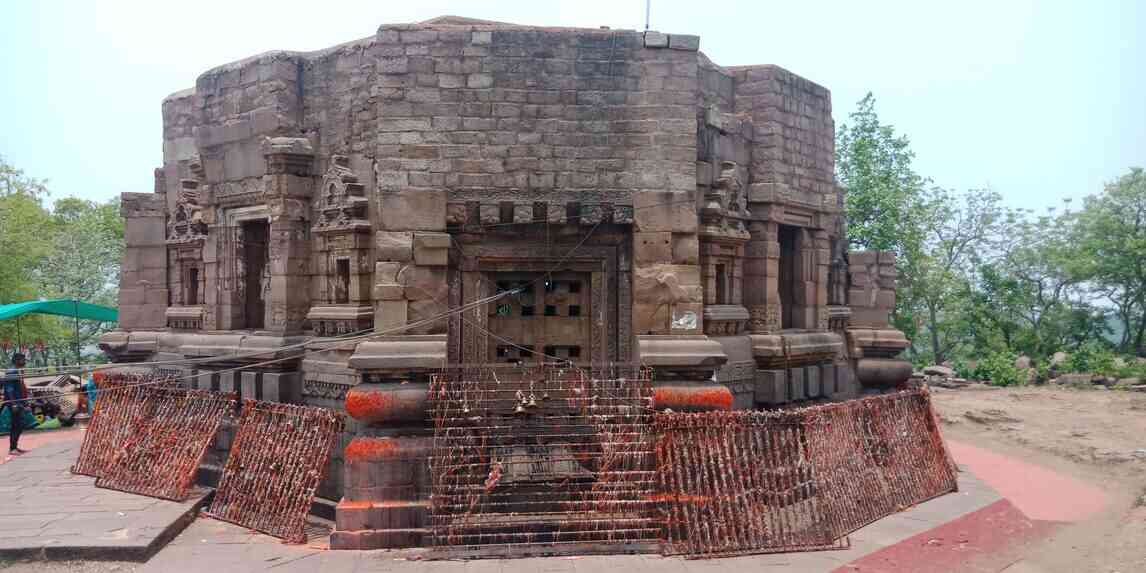
Within Bihar's Kaimur district is the Mundeshwari Devi Temple. It is a historic temple where Shiva and Parvati, the everlasting couple, are worshipped. The temple's architecture is unusually octagonal and is made of stone. The temple's principal deities are Devi Mundeshwari and the Shiva linga with four faces. Murtis of Ganesha, Surya, and Vishnu are also present there.
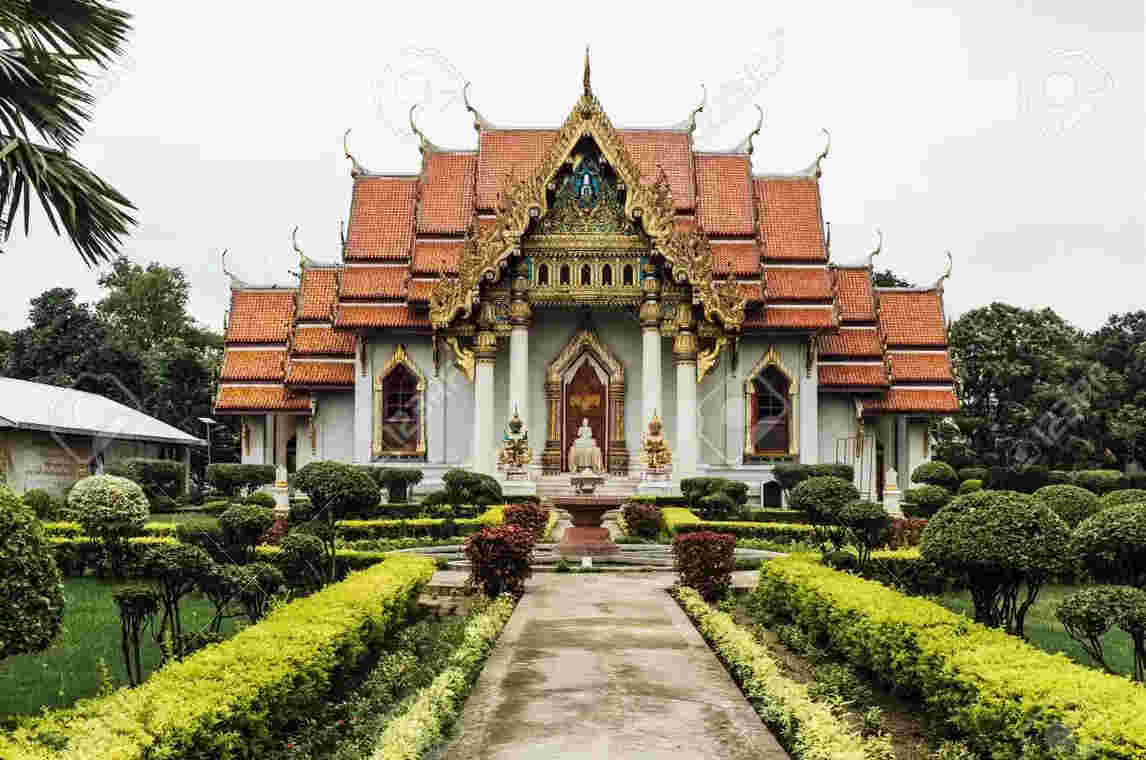
The Thai Monastery, another beautiful place in Bihar, enhances the allure of Bodhgaya. Since its founding in 1957, it has been a destination that Buddhist monks must visit. Its construction is credited to both the Thai government and Buddhist monks in India. One of the most well-known locations in Bihar is this elite portrayal of Thai architecture.